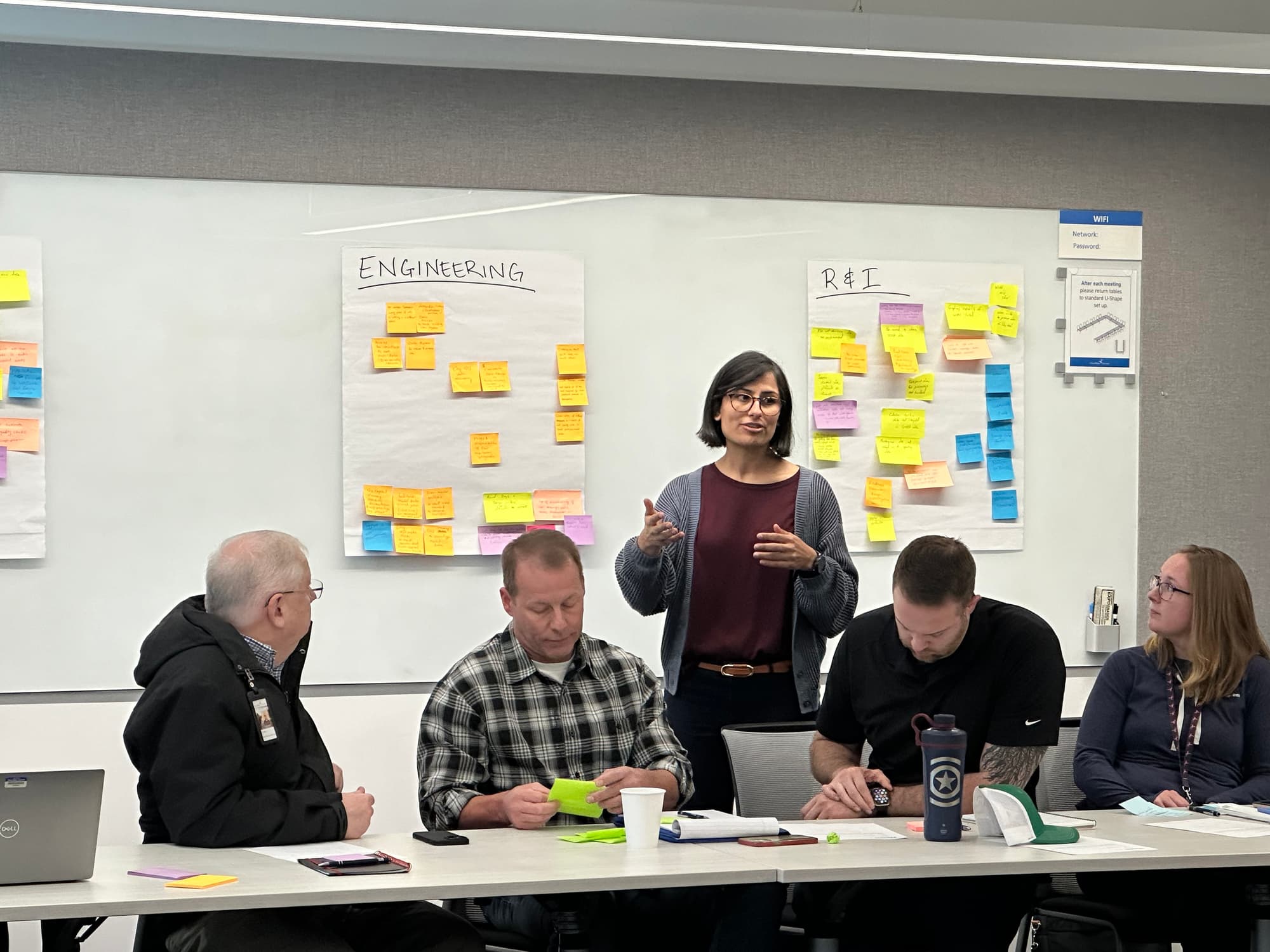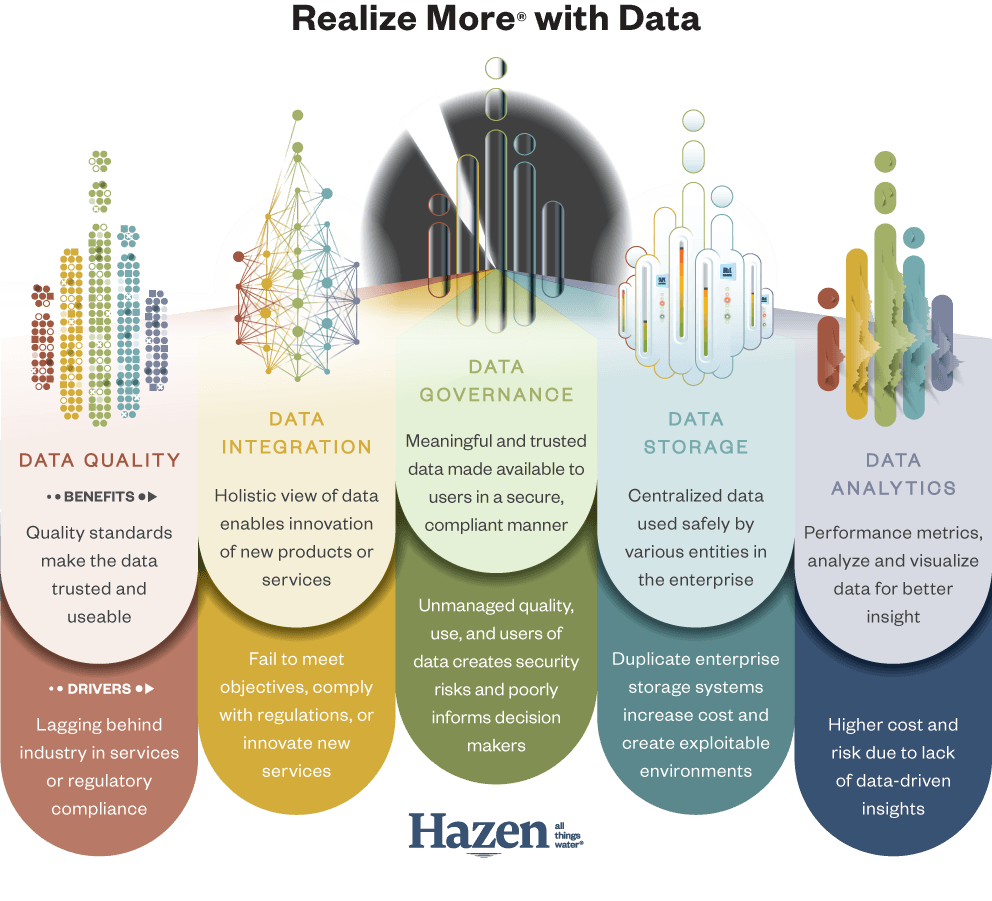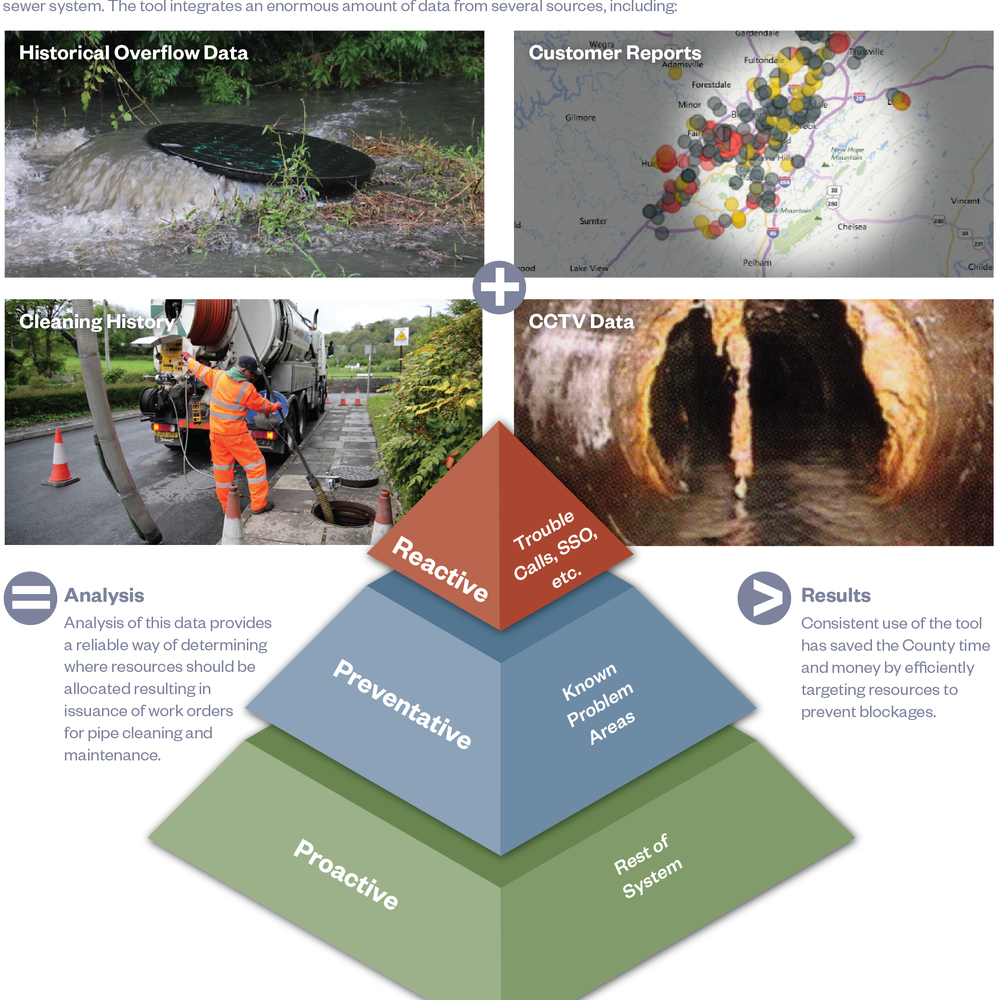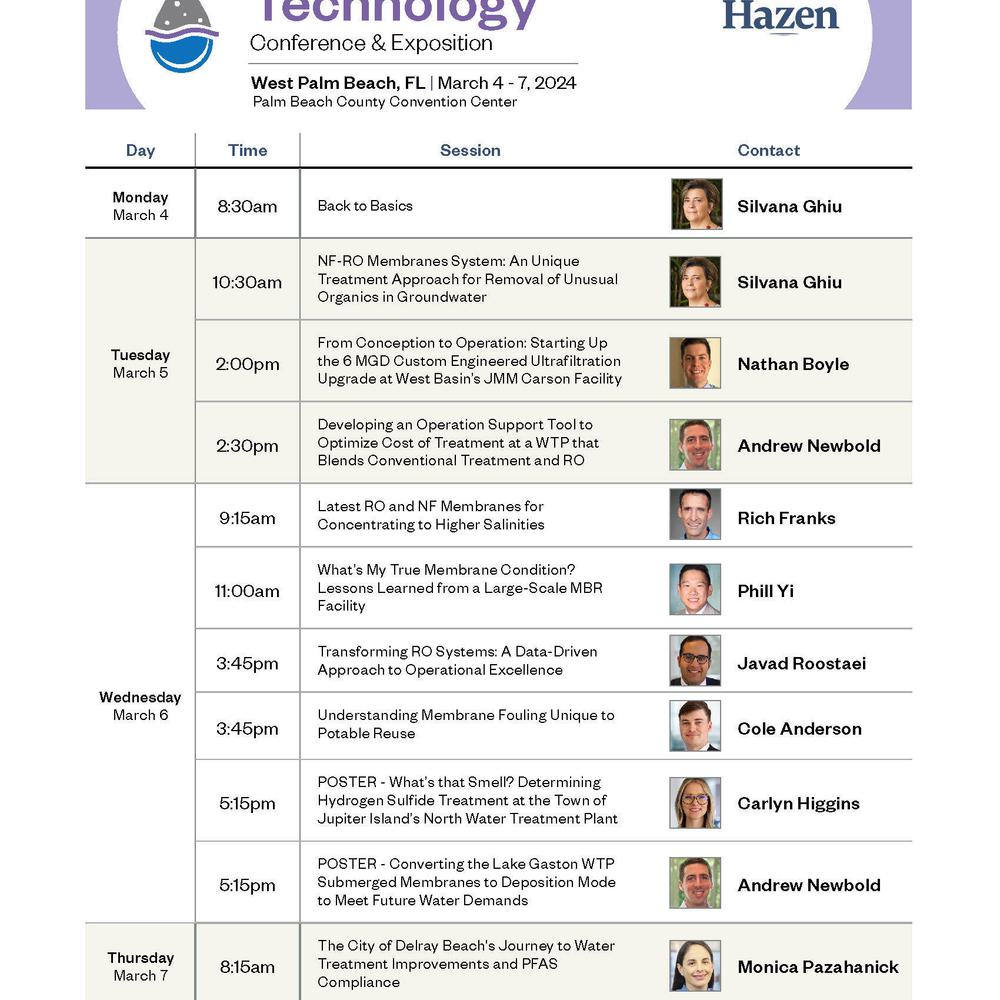Managing Data, Water, and People
Ben Stanford, PhD leads Hazen's digital services, developing advanced technology solutions for drinking water, water reuse, and wastewater utilities.
Related Topics:
Artificial intelligence, machine learning, data visualization. Every day, utility managers and executives are bombarded with new apps and digital tools that promise to automate tasks, minimize errors, and optimize operations. How can utilities integrate exciting new technologies into time-tested processes and systems while bringing staff along on the journey of digital transformation? And what happens in five or ten years, when today’s tools are replaced by even more efficient and complex options? It can be hard to slow down long enough to take stock of what’s working and what’s not.
Hazen works with water and wastewater utilities across the country to develop Data Management Strategies that help answer these questions. With a solid strategy, organizations can avoid the trap of ad-hoc digital adoption and prepare for a future powered increasingly by data-driven machine learning.
Why Data Management Strategy
Often, after adopting a new technology, utilities struggle to fully realize its benefits because there’s no long-term vision for how to integrate new data into existing systems. Information ends up in silos, collecting dust. Or, worse, the person who created the system moves and no existing staff are available to manage and maintain the solution, leaving a stranded asset.
“Many of our clients get stuck with loads of data that’s difficult to retrieve and hard to interpret,” says Dr. Ben Stanford, Hazen’s Digital Services Lead. “When there is no plan, digital innovation often dies on the vine.”
For example, machine learning models can supplement, enhance, or replace traditional tools, and have been applied across many areas of water. But utilities can’t use machine learning until their data is organized. The same is true for predictive analytics, process optimization, insert latest buzzword in innovation—they all rely on quality data.
"Utilities grapple with related challenges—Can we embrace new technologies? How do we use our data? Can we extract value from all our different data sources?” Stanford explains. A Data Management Strategy is a roadmap that helps utilities anticipate and navigate these challenges while providing specific steps for implementation.
Benefits for Utilities
Some utilities are just getting started with digital tools. Others have made substantial investments in software and talent and are ready to leverage those tools in a more intentional way by connecting them across the enterprise. In both scenarios, Data Management Strategy lays out standards for data governance, quality, integration, and storage across the organization.
A Data Management Strategy helps organizations:
- Document key issues, challenges, and gaps
- Check data quality automatically and ensure QA/QC data relate to laboratory (LIMS) data
- Create a common data environment to connect new and existing advanced analytics systems
- Build visualizations across groups for performance measurement and analysis
- Identify relationships and patterns to predict administrative and operations success
- Reveal the impact of processes, programs, and actions
- Allocate and prioritize staff resources and budgets effectively

We encourage staff at all levels to think creatively about what changes or improvements could be made to help solve problems, extending that initial conversation from What reports do you need to do your job? to What insights could help you do your job better?
A Process and a Product
More than a document, a Data Management Strategy provides a process of internal evaluation and a chance to set goals around what drives an organization’s use of digital data. The deliverable is only as good as the conversations that informed it and the people who will implement it.
Ultimately, good data management supports busy staff, sharpens their ability to make decisions, and supports the transitions that are bound to happen in today’s job market. It can empower an executive team to move confidently based on insights and visibility while allowing them to lead without micro-managing. We have seen numerous utilities implement their Data Management Strategy to deliver tangible saving and efficiencies, setting the right foundation for future success and innovation.











